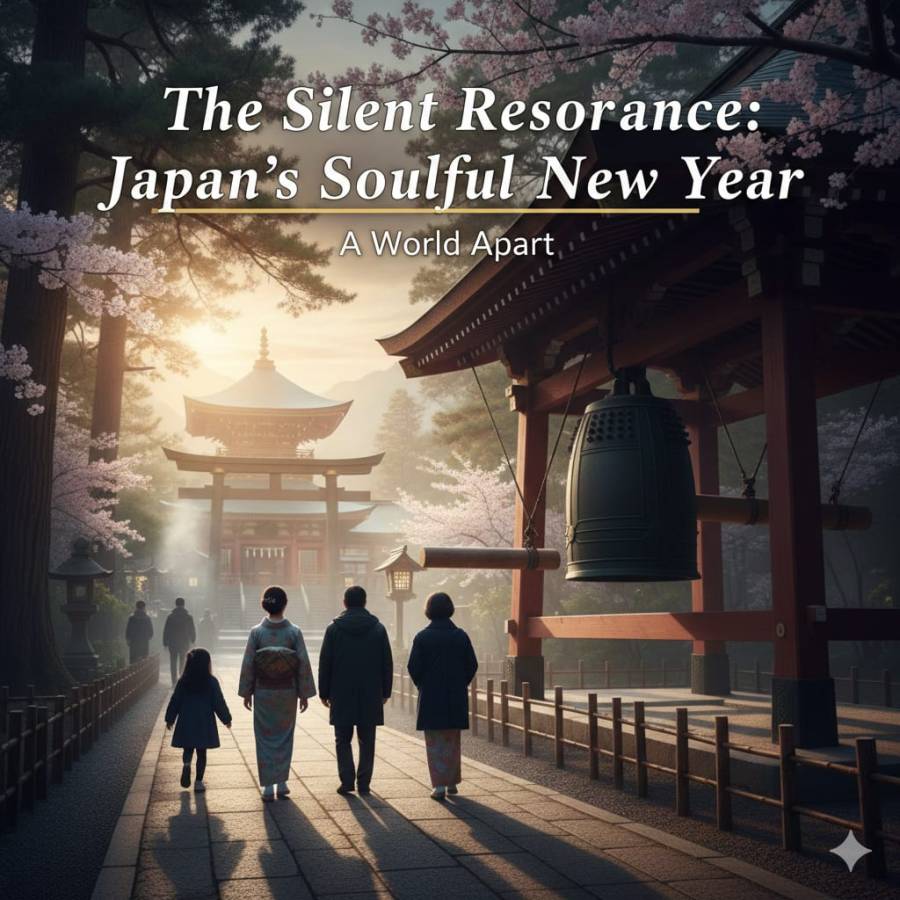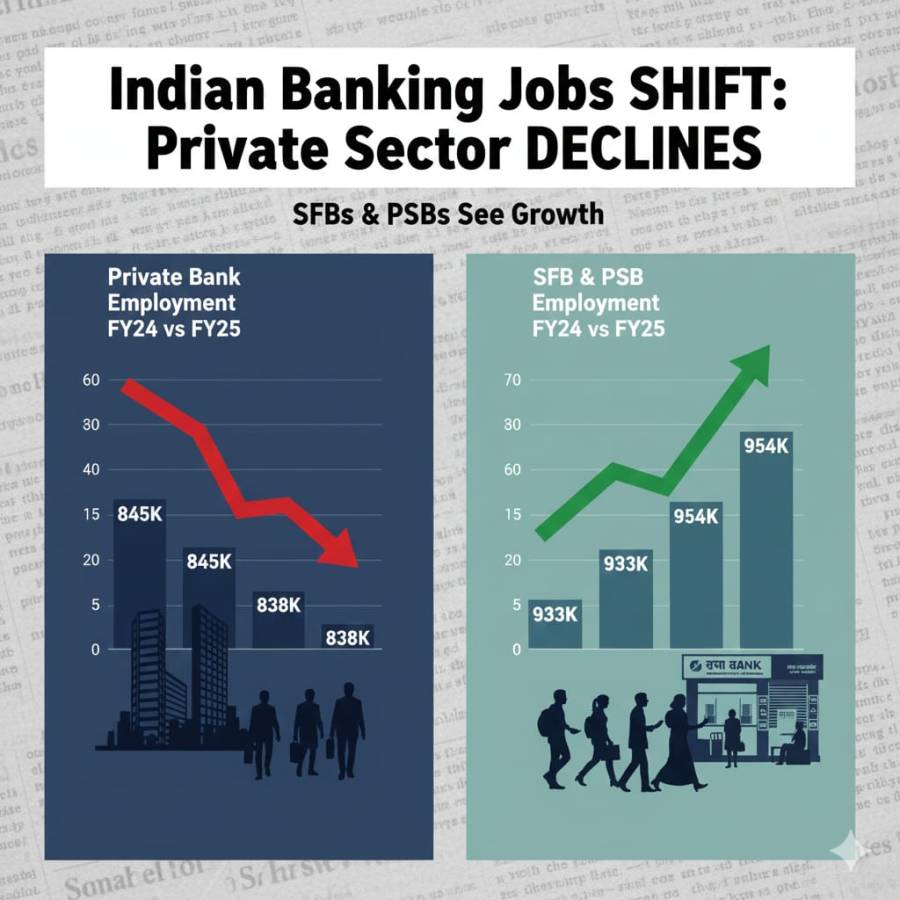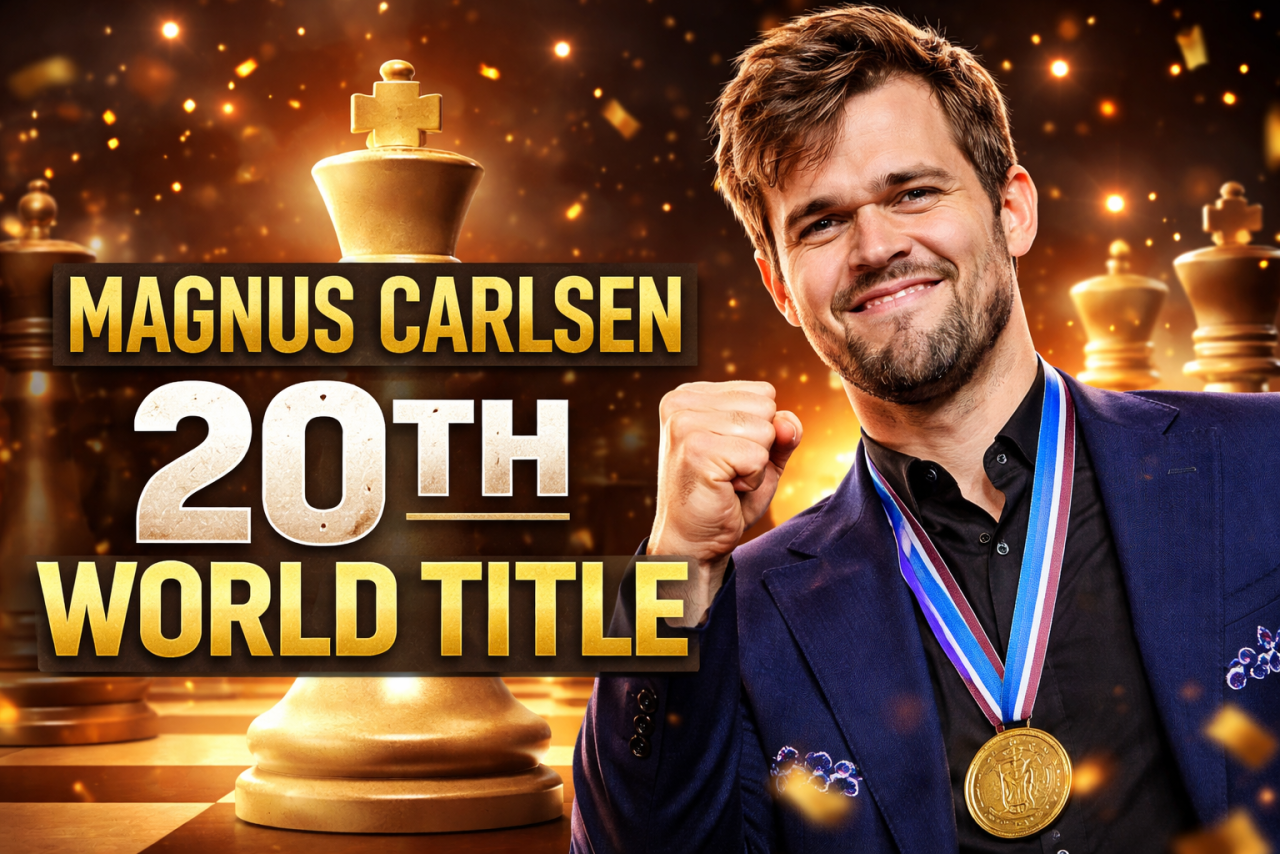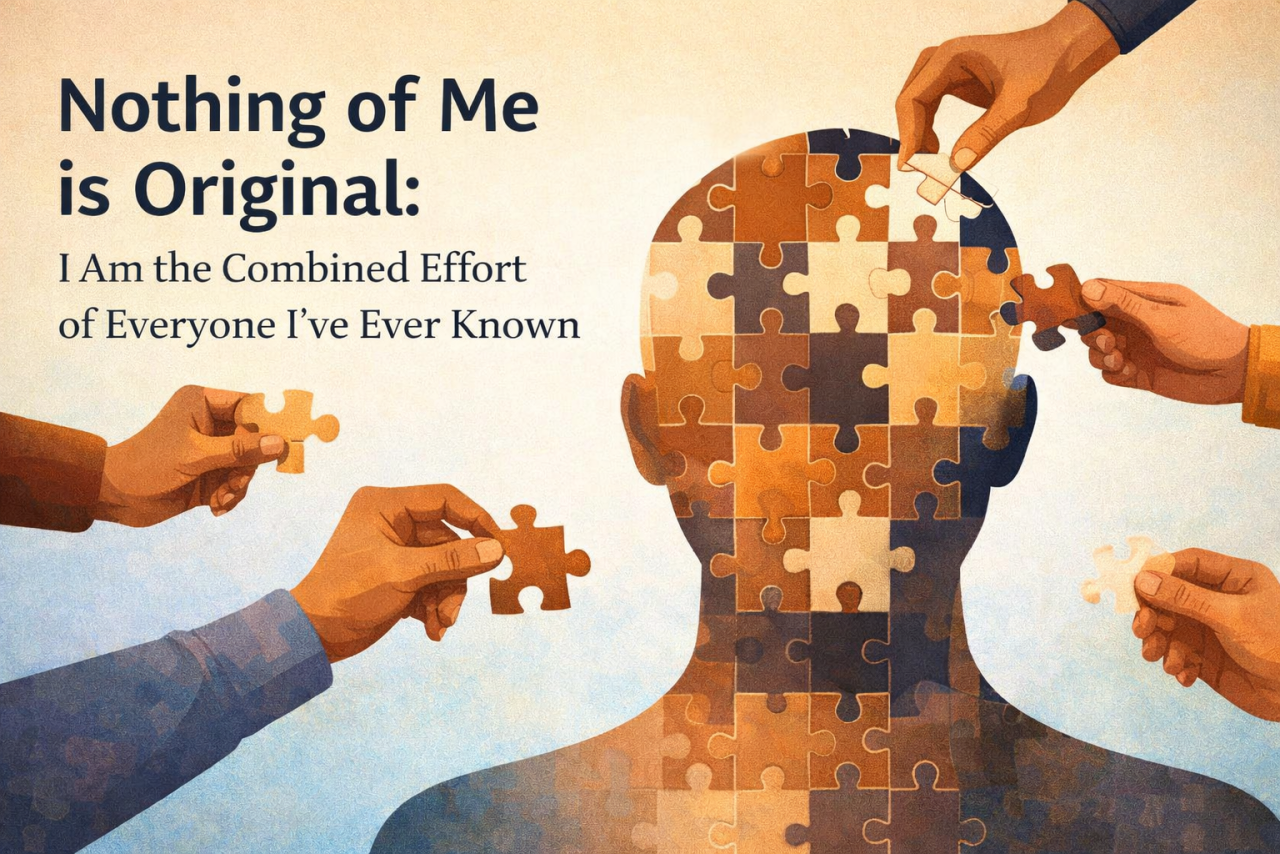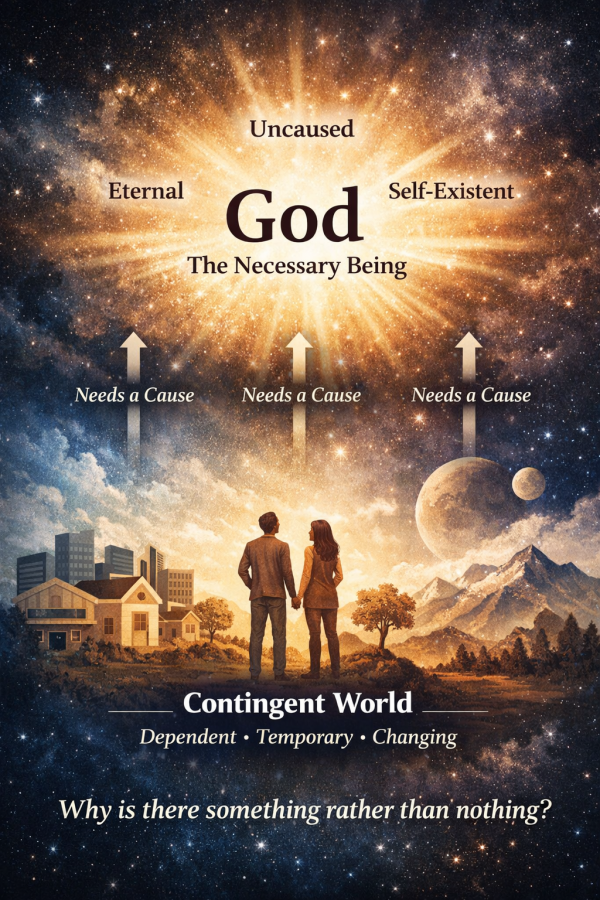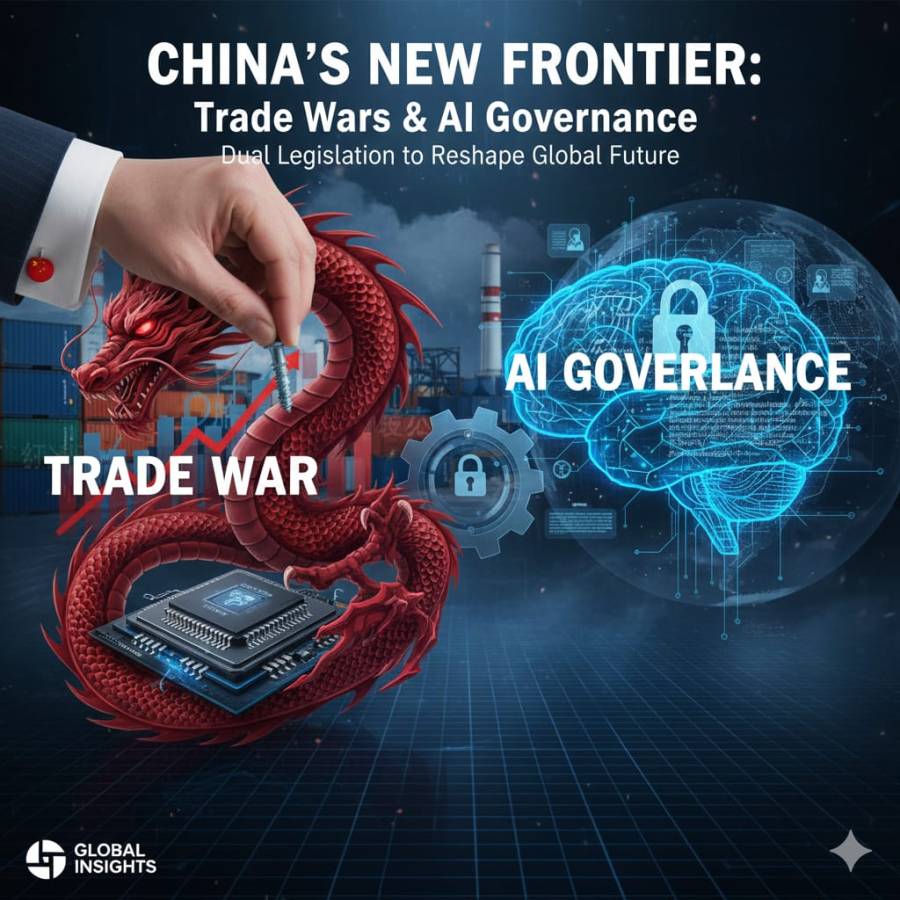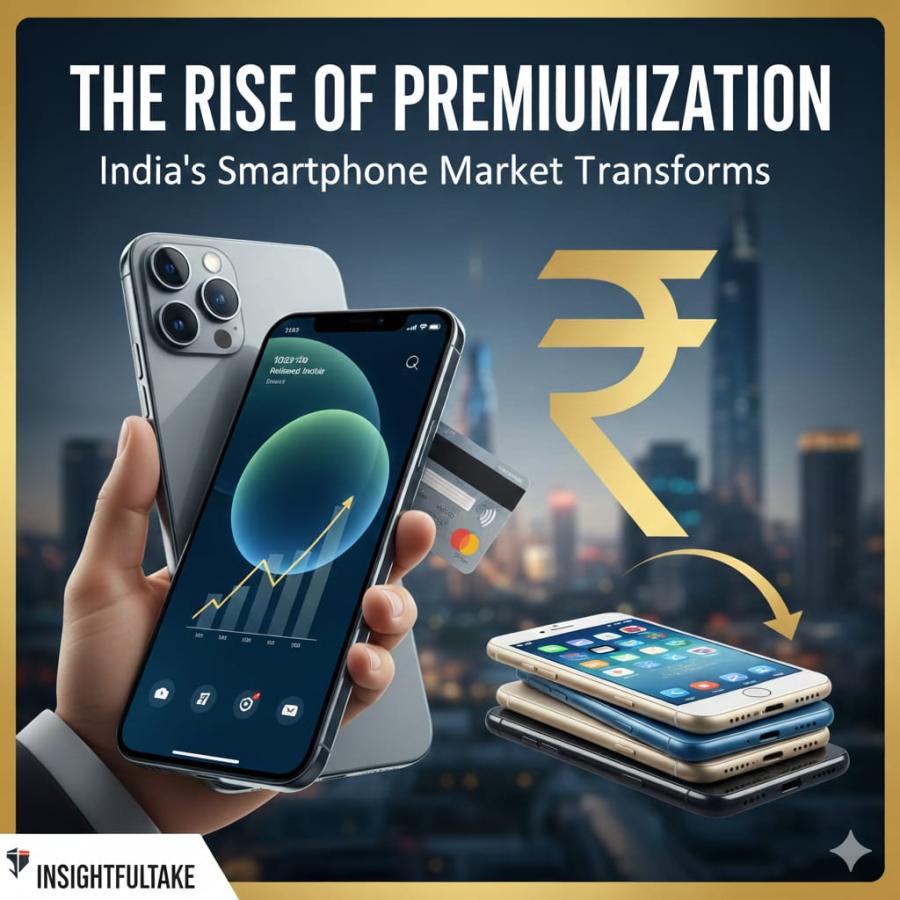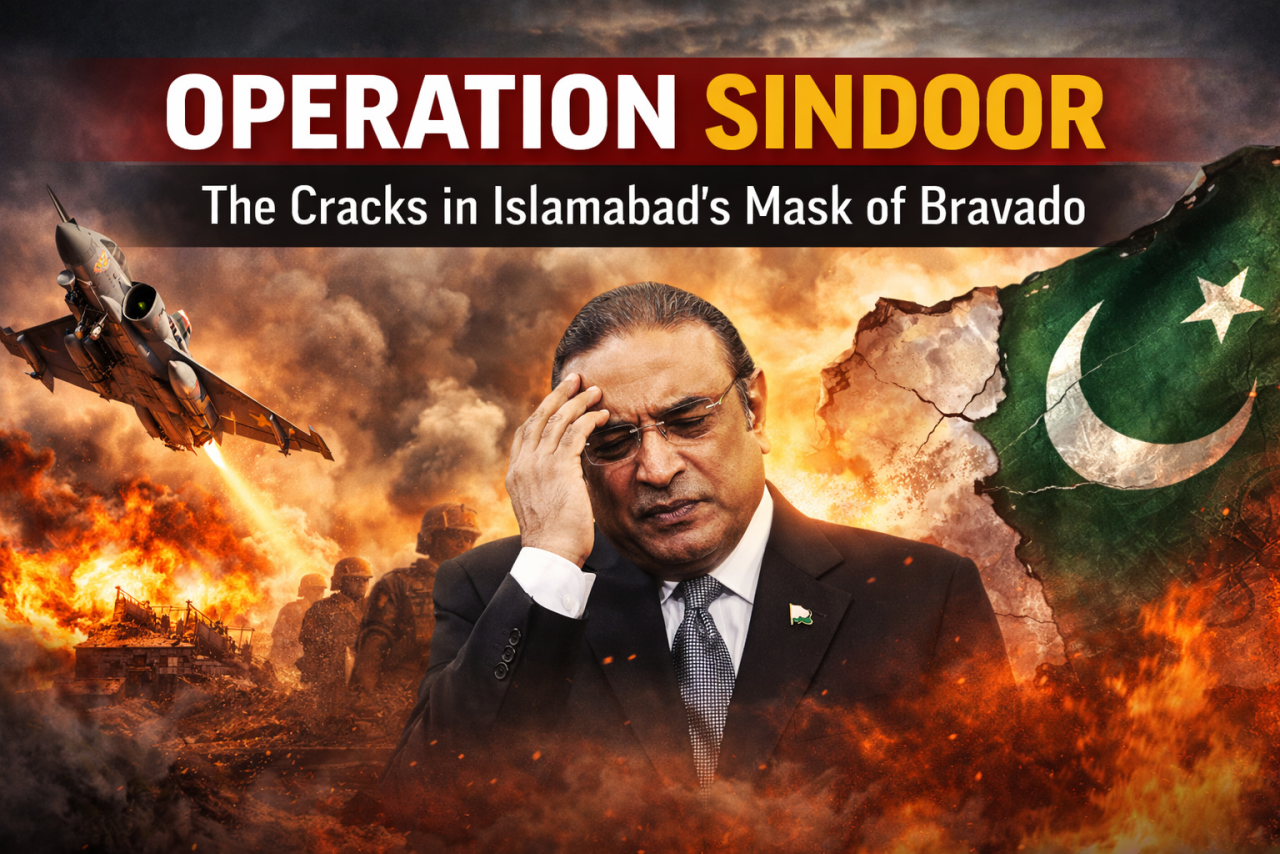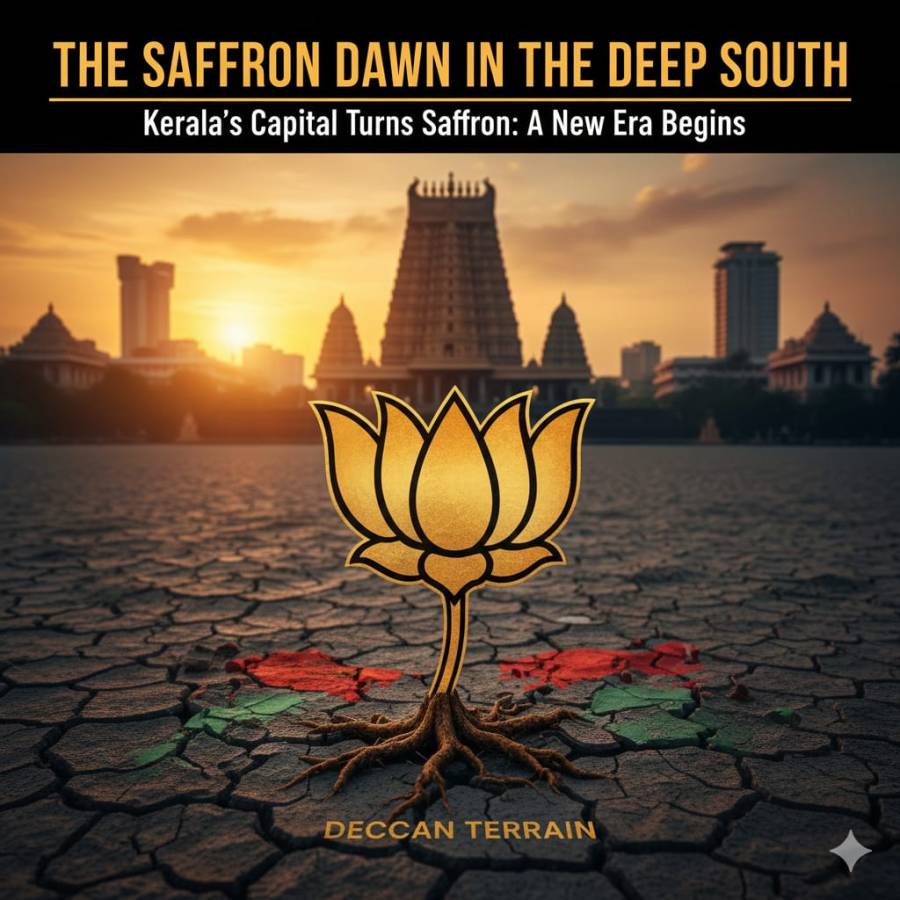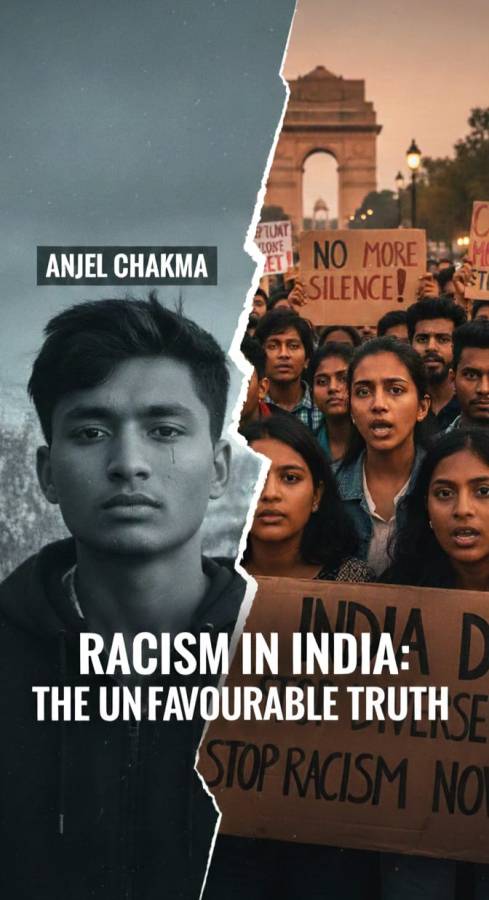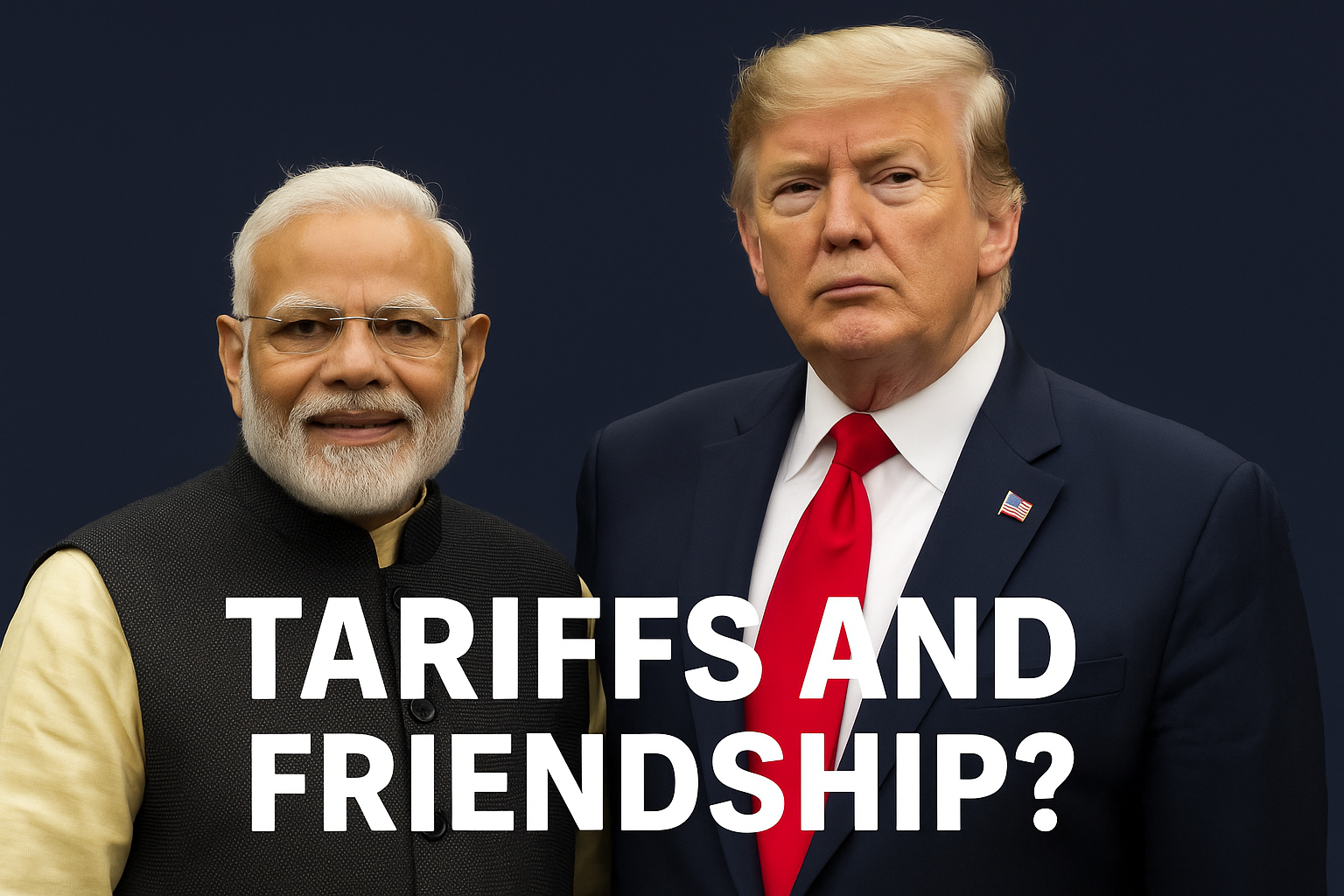
In international politics, the word “friendship” is used often, but actions sometimes tell a different story. A good example of this is the relationship between India and the United States during the time of Prime Minister Narendra Modi and President Donald Trump. Both leaders appeared to be good friends. We saw this during the “Howdy, Modi!” rally in Houston and the “Namaste Trump” event in Ahmedabad. But even while these events showed a warm bond, the two countries had disagreements on trade.
According to recent reports, India was rushing to meet a deadline set by the United States to avoid high tariffs on its exports. These tariffs could range from 20 percent to 25 percent and would affect goods worth over 6 billion dollars. President Trump openly said that India was a good friend but had been charging the U.S. very high tariffs. He made it clear that the U.S. was ready to use trade pressure even if the political ties seemed friendly.
At the center of the issue was the trade imbalance. In the financial year 2025, India exported 87 billion dollars worth of goods to the U.S. but imported only 48 billion dollars in return. This difference did not sit well with the American side. Trump’s team wanted India to lower tariffs and open more sectors such as e-commerce, agriculture, and medical equipment. Indian leaders understood the importance of the overall strategic relationship and were trying to settle the matter before a high-level meeting on August 25 in New Delhi.
But this raises an important question. How can two countries claim to be close friends while one of them threatens to impose heavy trade penalties?
Friends with Different Expectations
In the U.S., friendship with other countries often comes with expectations. During Trump’s presidency, foreign policy was handled like a business deal. Countries that wanted to be seen as allies were expected to give something in return. Trump looked at global ties as partnerships where both sides must contribute equally. While India was important for the U.S. in terms of defense and balancing China, it was still expected to offer better economic deals.
The U.S. trade team felt that India had not made enough changes or given enough in return. On the other hand, India’s Commerce Minister Piyush Goyal called the relationship a "gold standard for trade agreements." But clearly, both sides had different views on what was fair.
Tariffs as a Negotiation Tool
Trump used tariffs not just to punish countries but to start negotiations. He followed this method with countries like Canada, the European Union, and even China. India too was facing this type of pressure, even as it tried to find common ground through talks.
Indian officials were hopeful that the U.S. would give more time for negotiations. One source said the discussions were ongoing and that anything could happen in the final days. This shows how quickly situations can change in diplomacy.
India kept its approach calm and steady. It opened some sectors to trade, continued talks, and showed that it wanted to be a trusted partner in the Indo-Pacific region. But it also protected sensitive areas of its economy where sudden changes could hurt local industries. A U.S. official mentioned that they were waiting to see how far India was willing to go in negotiations.
What This Teaches Us About Global Politics
Can countries be friends and still disagree on trade? The answer is yes. Even strong partners like India and the U.S. can have arguments about money and markets. Tariffs do not always mean anger or enmity. Sometimes, they are just tools used to get a better deal.
India’s method of "cooperate when possible, push back when needed" shows that it is becoming more confident in dealing with world powers. Trump’s way of dealing with the world was simple. Friends should also be fair competitors.
Final Take
In today’s world, friendship and trade fights can happen at the same time. Leaders may smile at events and disagree behind closed doors. India and the U.S. are joined by their shared values and big goals. Their journey will have both cooperation and challenges. This latest example shows us that even close allies sometimes argue strongly—yet still stay partners.



